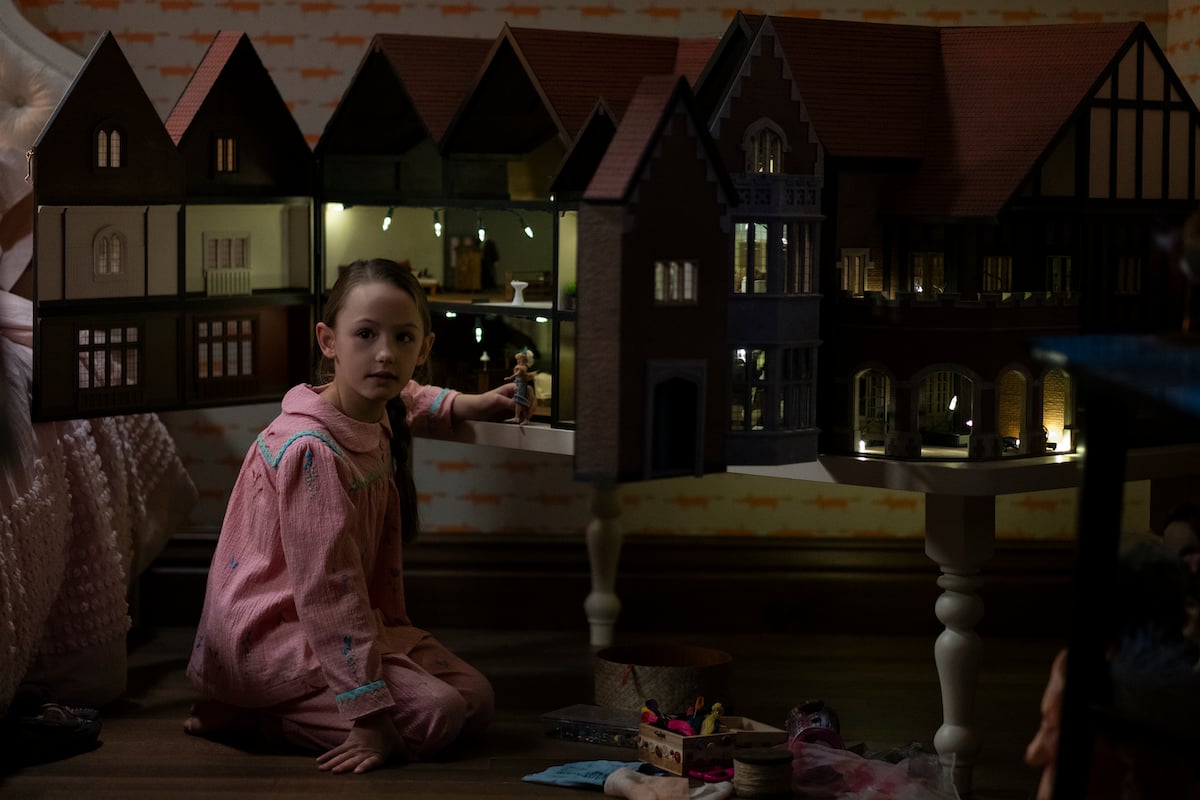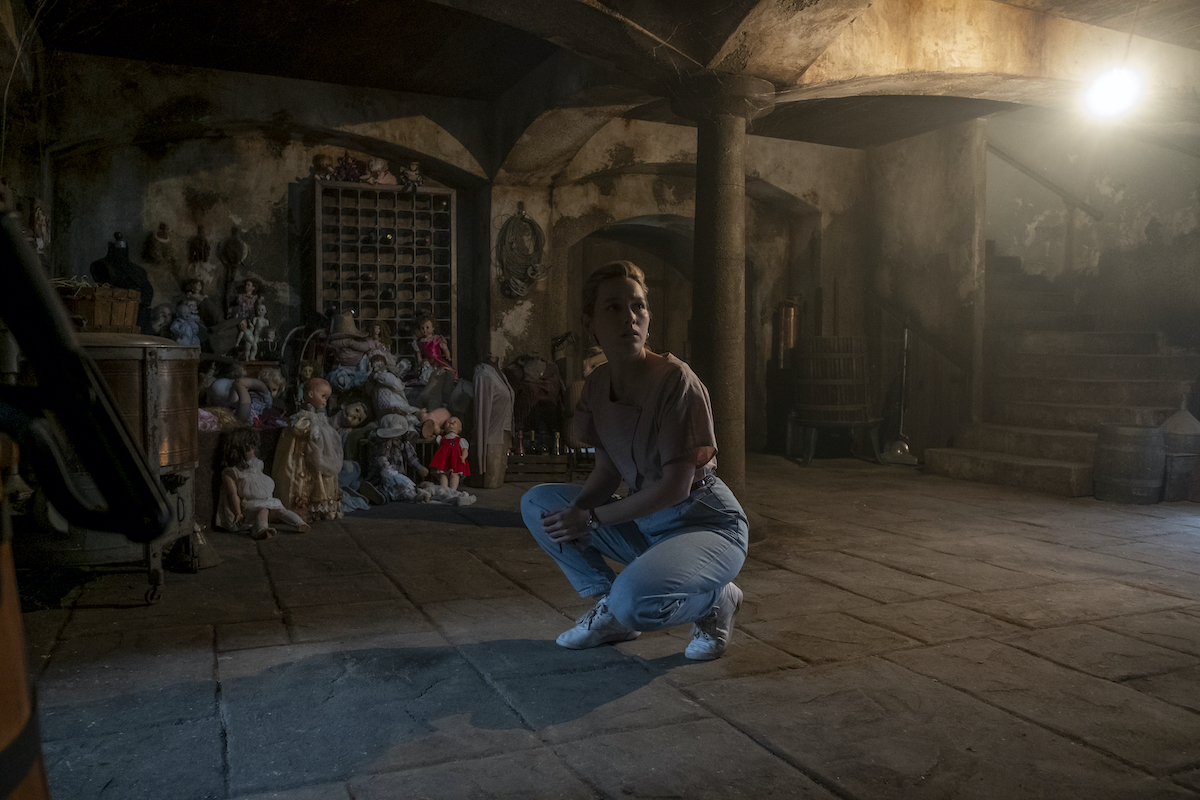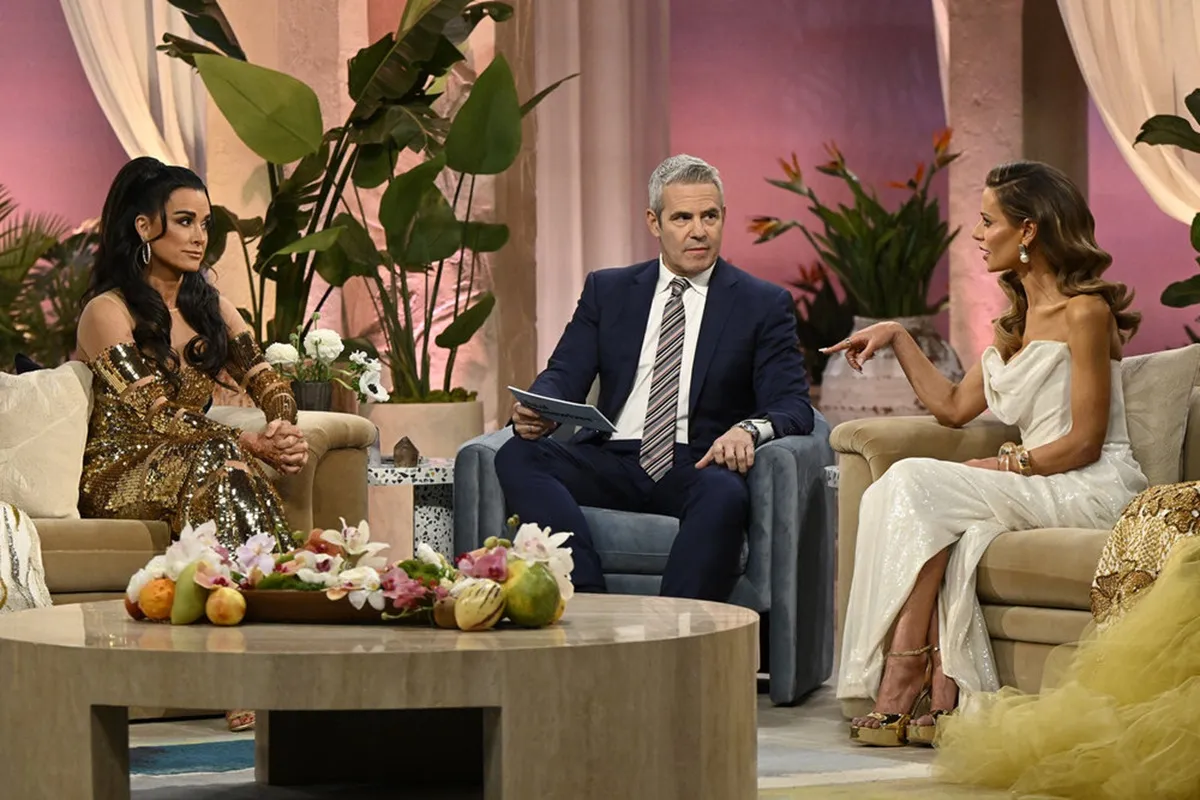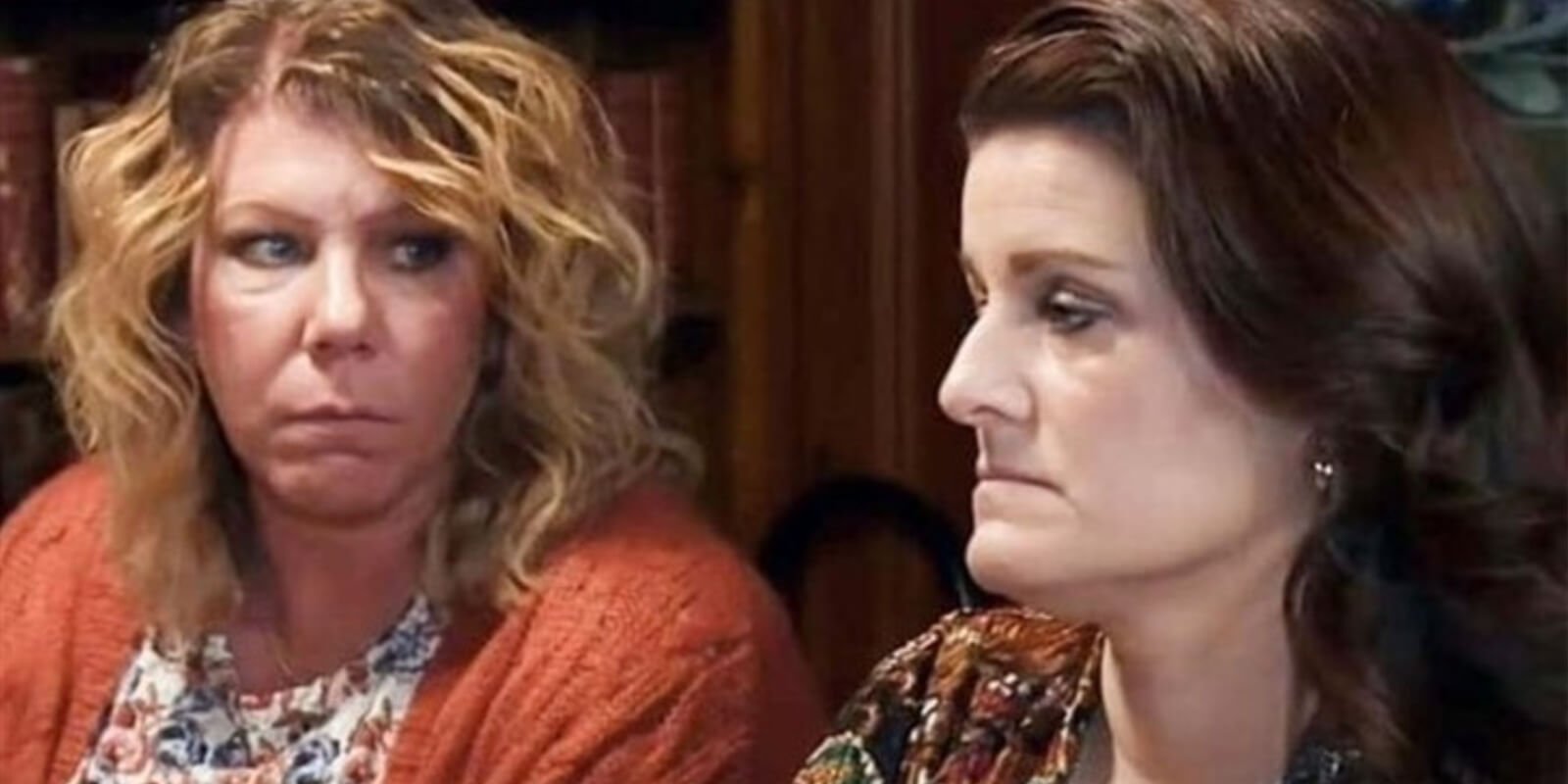‘The Haunting of Bly Manor’: Flora Wingrave’s Handmade Dolls Have a Much Darker Meaning
The Haunting of Bly Manor is based on Henry James’s ghost story The Turn of the Screw. As such, season 2 of The Haunting series has plenty of ghosts. In addition, Flora Wingrave‘s (Amelie Bea Smith) house of eerie, handmade dolls add another layer of creepy. Discover the more profound meaning behind Flora’s innocent children’s toy in The Haunting of Bly Manor.
[SPOILERS AHEAD: Spoilers for The Haunting of Bly Manor discussed in this post.]

Flora Wingrave has a vast collection of dolls
Flora is the youngest child of Bly Manor. Together, she and her brother, Miles (Benjamin Evan Ainsworth), are left under the care of Hannah Grose (T’Nia Miller) and Dani Clayton (Victoria Pedretti).
Early on in The Haunting of Bly Manor, it becomes clear that Flora is different. Many viewers might attribute Flora’s uniqueness to losing both of her parents at a young age. But Flora’s tendency to see what others can’t and her connection to her dolls mean something more entirely.
“Dolls, for children, are a way to play with representations of real people,” showrunner Mike Flanagan explained to Vanity Fair. “I think for kids, it’s about control. Kids have such little agency. Dolls provide that.”
Ironically, where the dolls are in Flora’s dollhouse gives eagle-eyed viewers a clue as to what’s to come in an episode’s action.
Flora Wingrave fills her dollhouse with the people of Bly Manor
From her former governess, Miss Jessel, to her latest addition, Miss Clayton, Flora fills her dollhouse with characters past and present. Eagle-eyed viewers will notice the season’s more prominent characters, but there are some dolls, like the one resembling a plague doctor, that beg for an explanation.
Then there’s the doll that Flora doesn’t allow in her dollhouse — a doll in a white gown with dark hair that lives under her dresser. Later, it’s clear that some of Flora’s dolls represent the ghosts that haunt Bly Manor. But does her placement of the dolls mean she is in control of them?
Flora Wingrave’s dolls symbolize control and possession
While Flora’s dolls may seem like an innocent child’s plaything, they’re actually symbolic of something quite menacing.
“There’s also a darker side to [Flora’s dolls],” Flanagan said. “Ownership, claiming someone, ceasing to look at them as a human, and instead, looking at them as an object, as a doll — we can draw lines to all sorts of toxic romantic relationships that way, and get into gender politics and the objectification of women in particular by this genre.”
Flanagan says there’s little difference in how Flora treats her dolls to the way other characters interact with one another. “There are major themes throughout the whole season on the difference between love and ownership, of the nature and importance of consent,” he said. “And possession, which is all over Henry James’ original material.”
The larger, discarded dolls of Bly Manor are symbolic, too
Flora’s dolls aren’t the only symbolic metaphor in The Haunting of Bly Manor. In a blink-or-you’ll-miss-it moment when Dani explores the basement of Bly, a small, faceless boy can be spotted amongst a pile of discarded dolls.

While the faceless ghosts of Bly have another meaning entirely, the pile of dolls from days past does encapsulate the neglect one might exhibit if they had to leave with a sense of urgency.
Fans will have to tune in to The Haunting of Bly Manor to form their own opinions about the dolls — and ghosts — of Bly.


